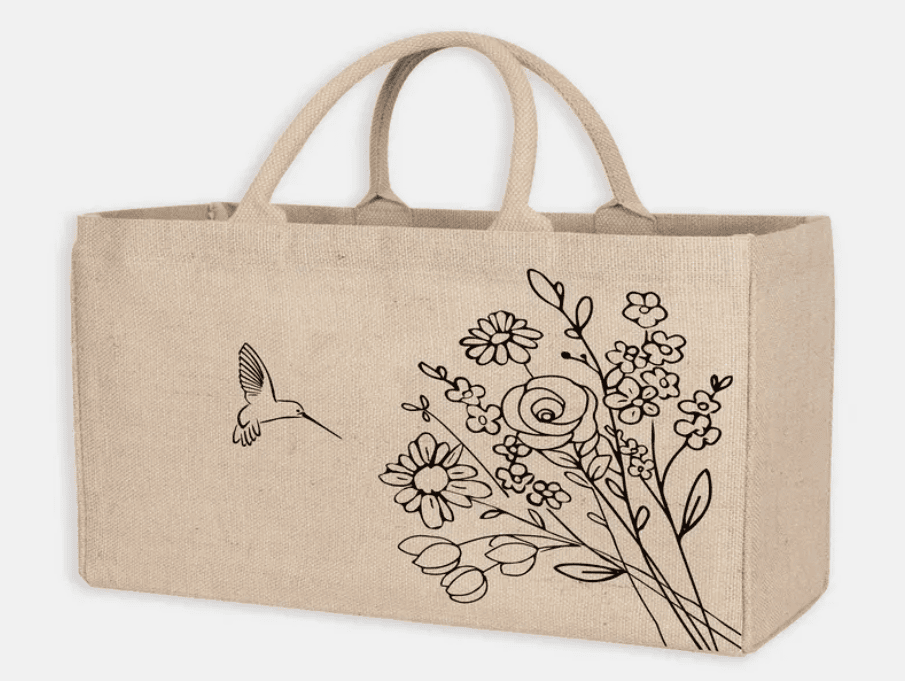Introduction
Jute is known for its popularity due to its eco-friendly characteristics, as it is a natural fiber from plants. It offers biodegradability and durability, being a commonly selected choice for home decor and fashion. Hence, it is widely used to make various bags and other packaging materials.
In the same way, canvas totes and Vera Bradley bags are also demanded by customers as they look stylish and cater to various purposes. These bags, being fabric-based, require appropriate maintenance and care so that they stay durable in the long run.
The article below captures information on jute and why it is considered to be an eco-friendly material. Also, it explores how you can maintain your canvas totes and Vera Bradley bags. So, let’s read.
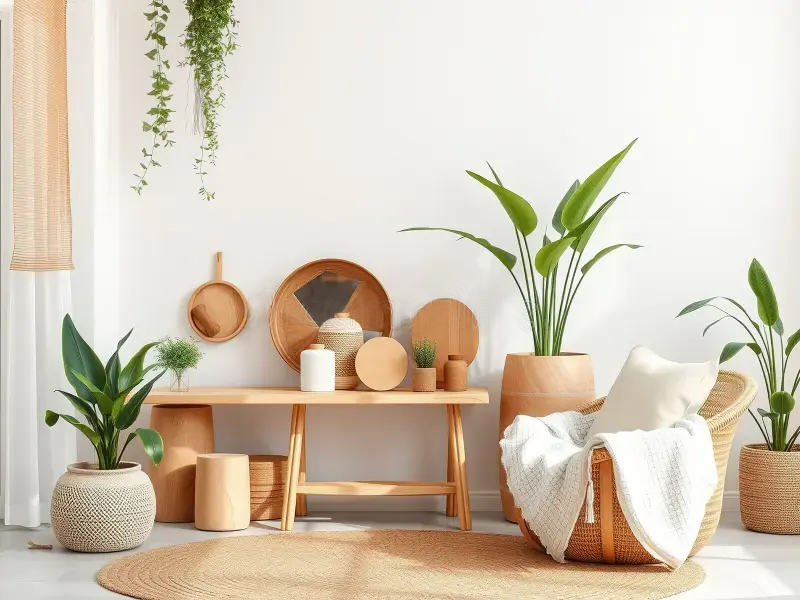
What is Jute?
Jute is a natural fiber which is harvested from jute plants that have two species, white jute also called Corchourus olitorius and tossa jute also known as Corchorus capsularis. Jute is a very commonly used plant-based fiber due to its eco-friendliness and versatile nature.
The fibers that are extracted from the outer skin of the plant stem are called jute fibers. These are long strands of durable fiber that are spun in threads for multiple products to attain sustainability.
Jute is different from other fibers that are synthetic because it has excellent sustainability, it offers a good strength to weight ratio and even has a non-corrosive nature. Due to its biodegradable nature, it leaves behind a minimal carbon footprint and offers environmental protection when used in various applications.
Types of Jute
Jute is a natural fiber that has different varieties, and each has its own characteristics. The two most common types of jute are white jute and tossa jute; however, a hybrid jute, mesta jute, is also used and has the qualities of both types. The different types of jute fibers are discussed below in detail.
White Jute
White jute, also known as Corchorus capsularis, has a light color that is between white and pale yellow. In ancient times jute based clothes were worn in Bengal. It is a very soft type of jute fiber but is less durable. Applications that need flexibility more than strength consider using white jute.
Although less flexible, white jute helps to make lightweight clothing, paper production, and decorative applications. Soft ropes that need less tensile strength are also made using white jute.
Tossa Jute
Tossa jute is considered to be a stronger fiber that has more durability. It has a brown color and is used for various industrial purposes like making high-quality ropes, textures, and sacks. The strength-to-weight ratio of tossa jute is high, and hence, it is mostly opted for heavy-duty packaging and eco-friendly bags.
Tossa jute also has a high fiber yield and when selected for large scale jute production it offers improved sustainability.
Mesta Jute
Mesta jute is a combination of white jute and tossa jute. It is soft like white jute and durable like tossa jute. Mesta jute is offers high strength and flexibility with colors ranging from reddish hues to light brown, having long strings.
Mesta jute is used for manufacturing ropes and packaging materials that require durability and flexibility.
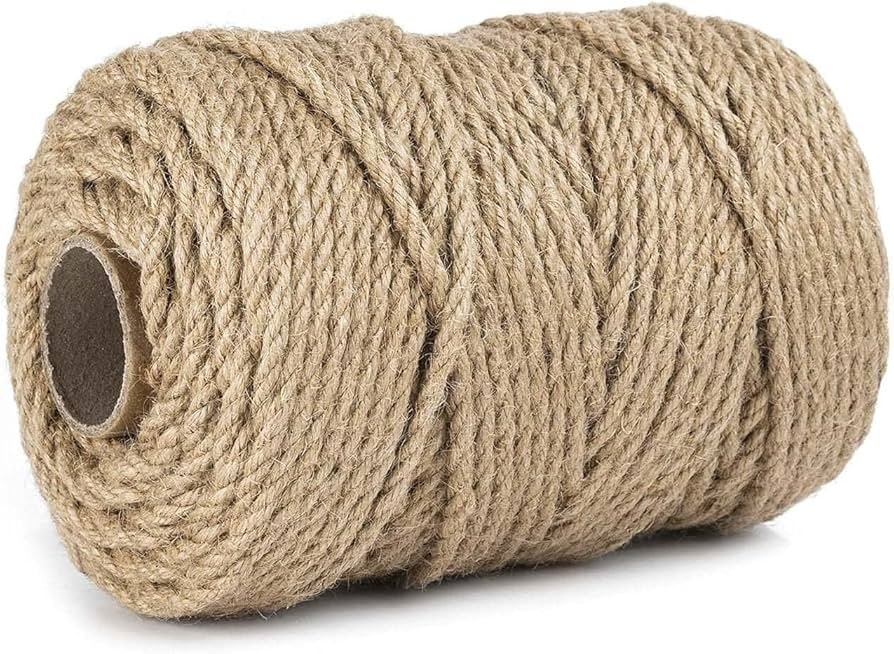
Jute Production and Sustainability
Jute is majorly produced in the Indian subcontinent comprising countries like Bangladesh, India and Pakistan. These countries cultivate jute plants being one of the crucial agricultural products of their economy. The climates in these countries are favorable for the growth of jute, as it needs seasonal rainfall, warm temperature and humid climates.
The major benefit offered by jute for the environment is that it uses minimal amounts of pesticides and fertilizers. It has the capability to grow well in the natural nutrients that it has, and hence, the need for chemical use is minimized.
Jute grows quickly and takes around four to six months for one cycle to grow and the leftover roots in the jute field decompose on their own making the soil fertile. When compared to other synthetic fibers like polyester and plastic, the carbon footprint of jute is very low. It offers biodegradability and, hence, reduces waste.
The benefits offered by jute make it a suitable alternative to synthetic fiber, as it ensures a positive impact on the surroundings by reducing the environmental impact.

Cultural Significance of Jute
Jute holds a profound historical and cultural importance, especially in Bangladesh, as it is identified as a national symbol there. The significance of jute plays a vital role in the cultural heritage and economy of Bangladesh. It is considered to be a major cash crop in the city and provides livelihood to millions of farmers as well as workers in the industry of handicraft.
In the same way, jute also plays a prominent role in Pakistan’s agricultural and economic sectors. It has been a major export of Bengal region and comprises some parts of India and Bangladesh, and some other countries in South Asia.
Apart from the economic role, jute also plays a major cultural role and is used in making many household items and decorative pieces that are woven using traditional methods. Some of these items are jute ropes, baskets and mats.
Jute is a versatile material and is used in many applications including handicraft, food and packaging. Jute leaves are even rich in many nutritional benefits and with this also offer environmental sustainability.
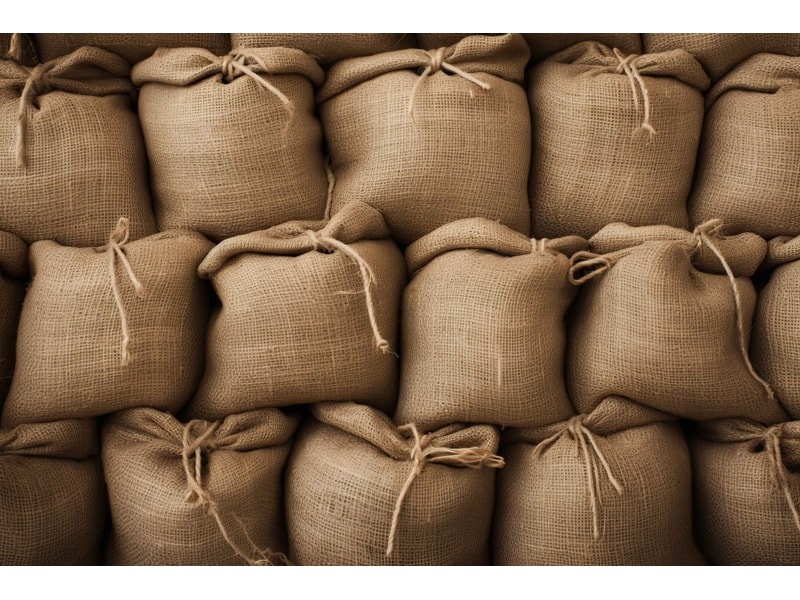
Jute Fabric Care and Maintenance
Care and maintenance of jute fabric is very important to preserve its texture and appearance. Jute is a plant-based fiber and hence needs gentle handling so that damage is prevented and longevity is maintained.
Jute requires washing in mild detergent and cold water so that fibers do not become brittle. Harsh detergents end up weakening the fibers and even damage the colors of the jute. Once washed, jute-based products should be air-dried, and direct sunlight should be avoided.
If there are wrinkles on the jute-based products, they should be ironed at a low heat using a pressing cloth so that direct heat exposure is prevented. Proper cleaning plays a vital role in maintaining the quality of the white, and it even keeps it away from humidity and moisture. Jute can be sustained for years and years in excellent shape by proper care.
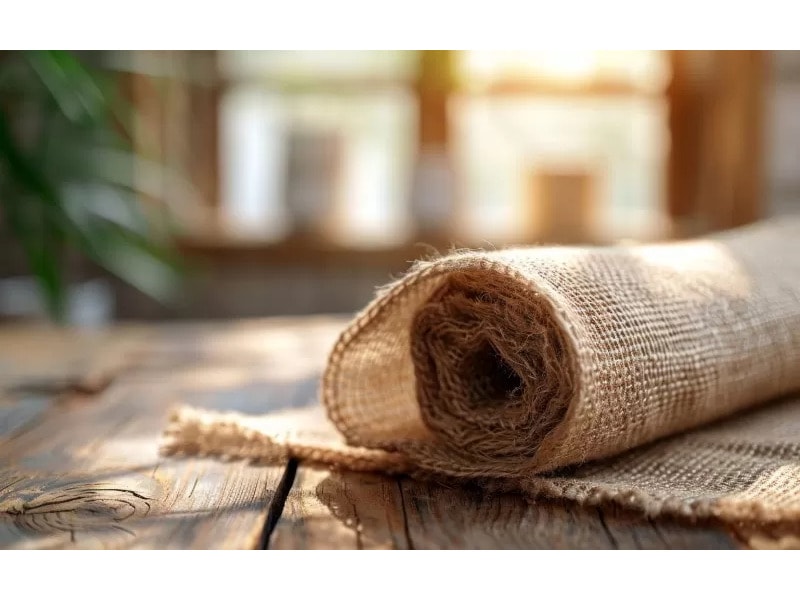
How to Clean a Vera Bradley Bag
Appropriate cleaning plays a crucial role in ensuring the softness of the Vera Bradley bags and even helps maintain their vibrant colors so that they can stay in good condition for a long time. Some of the steps that help clean the bag in a safe way, keeping the design and fabric intact, are as follows:
Check the Label
Before you start cleaning the bag, make sure to read the care instructions on the label. Some bags are machine-washable, and some require hand washing. To ensure proper cleaning, read the label instructions.
Handwashing
Vera Bradley bags made using fabric need handwashing and the process of handwashing is very simple. You need to take some lukewarm water in a small tub or bucket and add a mild detergent into it. Very gently scrub the fabric, you can use a sponge on stained areas to scrub them and then rinse it thoroughly.
Spot Cleaning
Stains smaller in size may need spot cleaning, which is a very effective and quick cleaning method. You can use a stain remover for cleaning the spot or make one at home using water and baking soda. Apply it on the spot and leave it for a few minutes. You can use a clean cloth to wipe off the mixture.
Drying
Air dry the bag by laying it flat or hanging in an area with sufficient ventilation, make sure to avoid direct sunlight and heat as it causes the bags to shrink or colors to fade.
Additional Maintenance Tips
Keep your bag in a dry and cool place and do not overload as it leads to fabric stretching. If your bag is washing-machine friendly, you can use cold water and a gentle cycle for washing it using a mesh laundry bag.
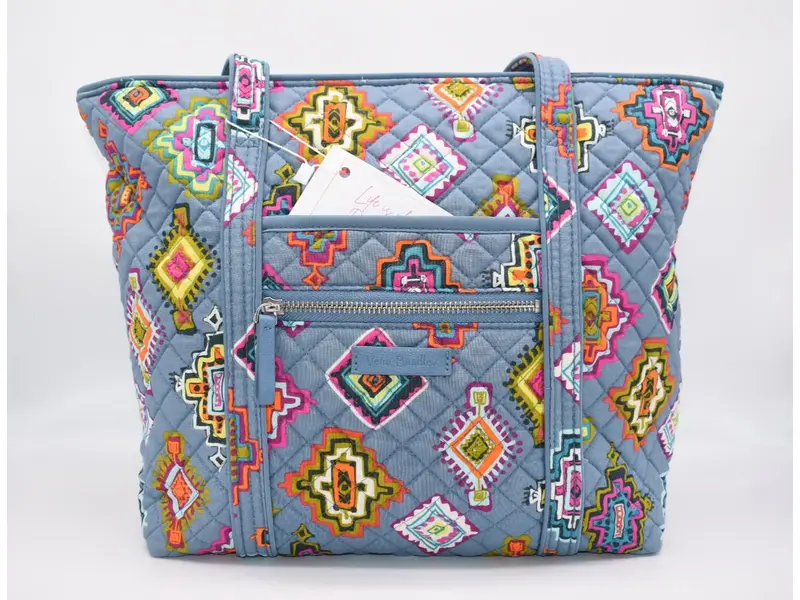
How to Clean a Canvas Tote
Canvas tote bags are highly versatile and durable, but they do need proper cleaning so that their appearance and life are maintained. Some of the steps that help preserve the fabric and shape of canvas totes are as follows:
- Brush off the dust and dirt on the bag before you start washing it. You can use a soft bristle brush to remove dirt gently.
- Small-sized stains like marks of ink and food spills can be cleaned through the spot-cleaning method. You can mix some mild detergent with warm water and gently apply on the stain. Do not scrub hard, leave for a while, and rinse.
- If you want to have a deep cleaning of your canvas tote bag you can either machine wash or hand wash. In case of machine wash consider using a mesh laundry bag and cold water with mild detergents for cleaning. If you are hand washing, dip the tote in a mixture of mild detergent and lukewarm water, gently scrub, and rinse with clean water.
- Dry your canvas tote in air, avoid heat and sunlight and also do ot use a dryer as it may end up shrinking the tote bag, also keep an eye on the care instructions given on the label.
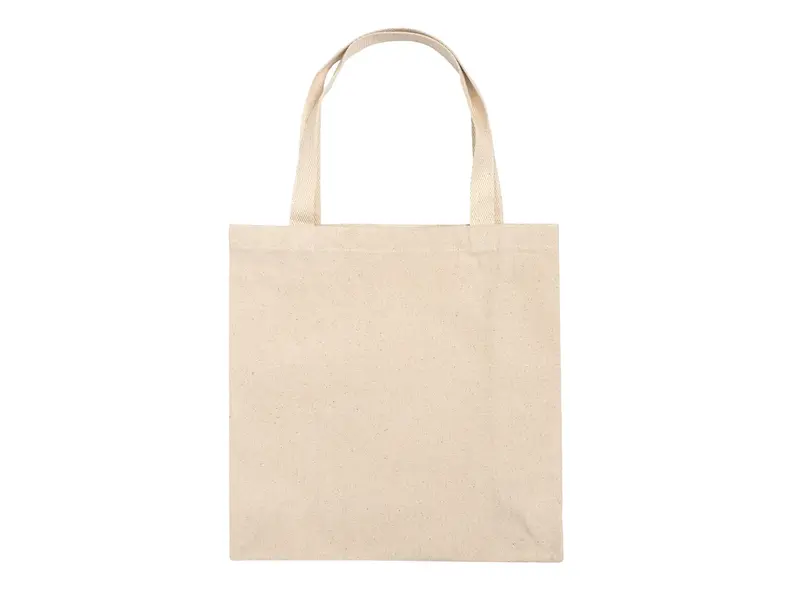
How to Care for Different Types of Fabric Bags
Fabric bags like canvas, Vera Bradley, and jute need appropriate care so that they have a maintained look and a prolonged life. Some of the ways you can clean and store them efficiently are as follows:
Jute Bags
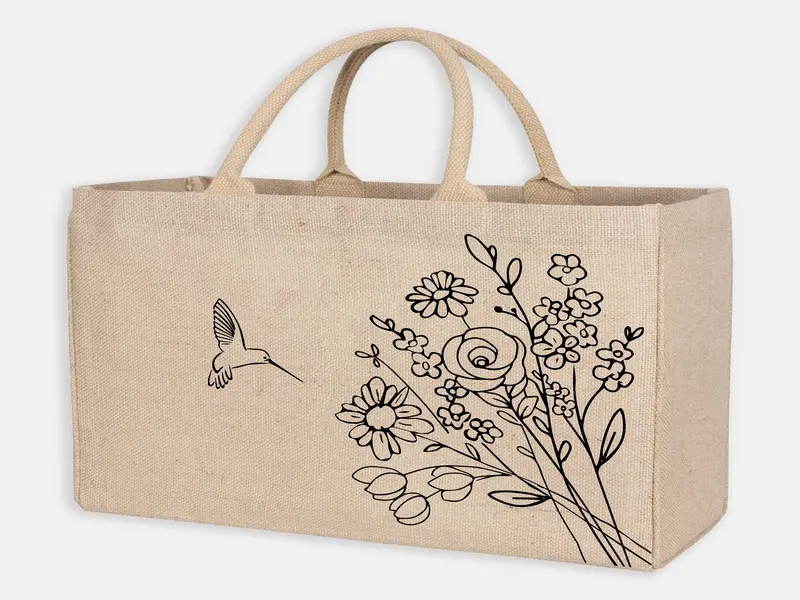
Jute is a natural fiber made using jute plants and is prone to damage due to moisture. Hence, you need to ensure special care for maintaining it in the long run. Use a damp cloth with mild soap to clean it and do not submerge it in water as the fibers may weaken. Also, always air-dry the bag and avoid direct sunlight exposure.
Vera Bradley Bags
Vera Bradley bags have a soft quilted fabric that needs gentle cleaning. Make sure to check the label before washing and avoid overloading. Also, keep it stored in a dust bag so that the dust does not accumulate and the patterns of the bag are maintained.
Canvas Bags
Canvas is a sturdy material but still proper care and maintenance is required. You can brush the dirt off it using a dry brush, and for deep cleaning, you can use a mild detergent and hand wash. Apply fabric protector spray to make it stain-resistant.
Storage Tips
Some of the tips to store bags and ensure they stay in good condition are as follows:
- Avoiding exposure of bags to direct sunlight as it weakens the fabric and fades it, make sure to store it in a cool and dry place.
- Consider using highly breathable covers to store them, like cotton dust bags, so that air may circulate well.
- Store bags in an upright position to maintain their shape, and for softer bags, fill them up with inserts to prevent creasing.
- Keep silica gel packets in the bags when stored to control humidity and prevent mold.
Applications of Jute
Jute is a natural fiber that has various applications across many industries. Some of these applications are discussed below.
Industrial Applications
Jute yarn is a commonly used industrial textile with high tensile strength and biodegradability. It helps weave burlap bags and hessian cloth for storing and transporting agricultural products. It is also used for making twisted ropes, rugs and floor mats.
Agricultural Applications
Jute helps protect agricultural applications and land conservation. Jute netting helps prevent soil erosion, and wrapping jute bags on sapling roots protects them from harsh weather.
Decorative Applications
Jute is opted in home decor. Sofa upholstery, cushions, and chair coverings are made with jute to attain a sustainable and natural interior look. Moreover, curtains, table mats, and runners are jute-based.
Special Applications
Jute is used as a major component of ghillie suits used in hunting and wildlife photography. The jute fiber strips are attached to mesh clothing so that it bends with natural surroundings.
Certifications and Regulations
Jute is a sustainable natural fiber and is subjected to varied regulations and certifications to ensure its environmental compliance and quality. Some of these certifications include the following.
Organic Certification for Jute
Jute is grown with minimal use of fertilizers and pesticides; hence, it can be certified as organic if it meets specific agricultural and environmental standards. The certifying agencies in this case are India’s National Programme for Organic Production, USDA Organic, and European Union Organic Farming Certification.
SGS Certification for Jute Quality
SGS is a global body of certification and inspection that offers quality assurance for jute. SGS tests the strength and durability of the fiber and identifies its quality and grade. It even helps exporters and jute producers to meet global trade regulations ensuring that jute products maintain consistent quality.
Jute Fabric and Trade Regulations
Jute fabric certifications are less standardized than synthetic textiles as jute processing takes place in South Asia. Jute requires compliance with international trade standards like ISO 21898:2004 for packaging bags and the ASTM textile standard for quality control. Jute aligns with sustainable trade agreements for eco-friendly fiber production like Global Organic Textile Trade.

The Future of Jute
Jute has a promising future because it is an alternative to synthetic fibers due to its eco-friendliness. However, it has its own share of limitations that includes its ability to shed fibers, brittle texture and chances of turning yellow due to sunlight exposure.
However, advanced methods like enzyme treatment help address these issues. They make the fibers flexible, easy to work with, and more vibrant, with better color absorption.
The growing demand for sustainable products has made jute a popular choice in many industries. Jute has gained prominence in fashion handbags, footwear, packaging material, furniture, carpets, burlap sacks, and jute bags.
Conclusion
Jute offers a wide range of uses to many industries compared to other natural fibers. It has multiple applications, ranging from packaging to textiles to home decor, due to its seamless characteristics and environment friendliness.
Incorporating jute in multiple forms enhances the products’ sustainability and makes them aesthetically appealing. The future of jute is quite appealing, and due to the lack of chemical processes implemented in its growth, raw jute ensures sufficient quality that makes it a suitable choice.
Call To Action
If you are also hunting to have high-quality jute bags manufactured for your packaging requirements, we at Tendee Accessory (Shanghai) Co Ltdcan help you. We offer to make customized sizes and layouts using the finest jute that cater to your aesthetic requirements and help create a positive impact with your packaging material. So, get in touch with us today and specify the type of bags you need.

